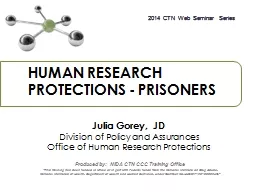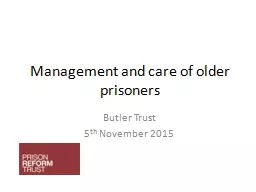PDF-EATHBED VISIONS of PRISONERS By Marilyn A
Author : min-jolicoeur | Published Date : 2015-05-24
Mendoza PhD While resea rching my book We Do Not Die Alone Jesus is Coming to Get Me in a White Pickup Truck I discovered that not all eathbed isions DBVs are comforting
Presentation Embed Code
Download Presentation
Download Presentation The PPT/PDF document "EATHBED VISIONS of PRISONERS By Marilyn ..." is the property of its rightful owner. Permission is granted to download and print the materials on this website for personal, non-commercial use only, and to display it on your personal computer provided you do not modify the materials and that you retain all copyright notices contained in the materials. By downloading content from our website, you accept the terms of this agreement.
EATHBED VISIONS of PRISONERS By Marilyn A: Transcript
Download Rules Of Document
"EATHBED VISIONS of PRISONERS By Marilyn A"The content belongs to its owner. You may download and print it for personal use, without modification, and keep all copyright notices. By downloading, you agree to these terms.
Related Documents














